What Is Famine and Who Is at Risk?
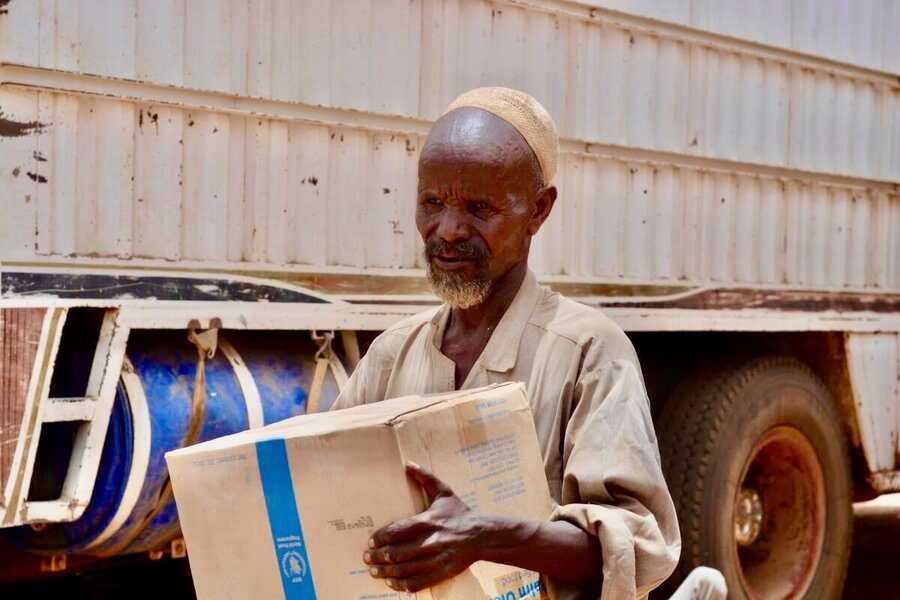
Famine is rare, predictable and – with the right resources, political will and action – preventable. Vulnerable population groups such as young children, pregnant and nursing women and displaced people are most at risk of hunger emergencies.
Once a famine is declared, many people have already died of starvation, and it’s hard to slow it down.
The most severe form of food insecurity, famine is only declared when three things happen:
- At least 2 people per 10,000 (or 4 per 10,000 children) die daily of starvation, disease and malnutrition;
- At least 20 percent of households face extreme food shortages;
- At least 30 percent of children suffer from acute malnutrition.
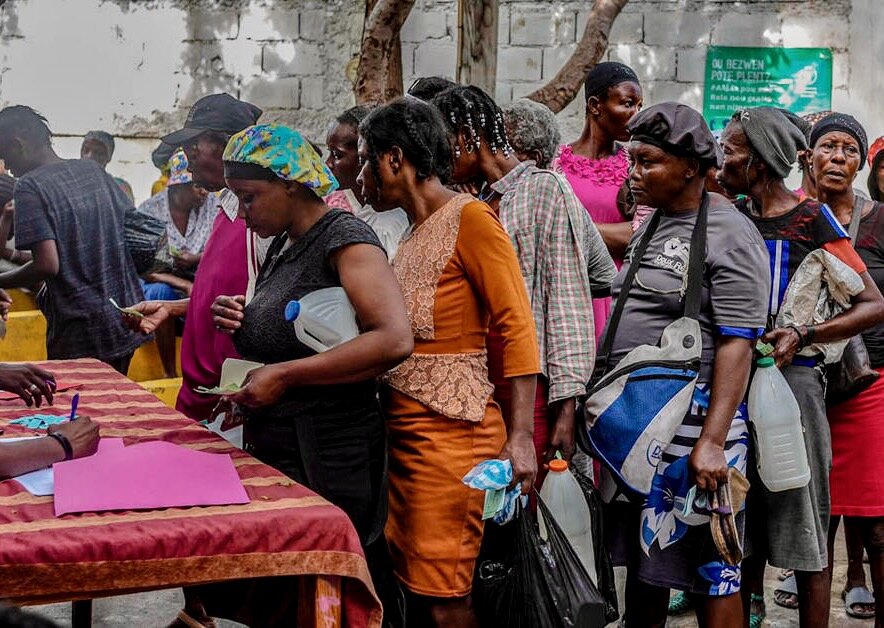
What causes famine?
Famine can happen for multiple reasons, but there are a few common causes. Understanding these famine triggers helps the World Food Programme (WFP) and others to better anticipate and respond to them.
- Conflict is a major driver of severe food insecurity that can sometimes tip into famine. It uproots people, disrupts their livelihoods and can prevent humanitarians from reaching the hungry.
- Disasters and extreme weather – including drought, floods, cyclones and disease outbreaks – can also lead to famine.
- The economy – for example, high food prices, sluggish growth or trade disruptions – is another potential trigger.
Finally, if the humanitarian response is insufficient, or not fast or well-coordinated enough to relieve extreme hunger, populations can fall into famine.
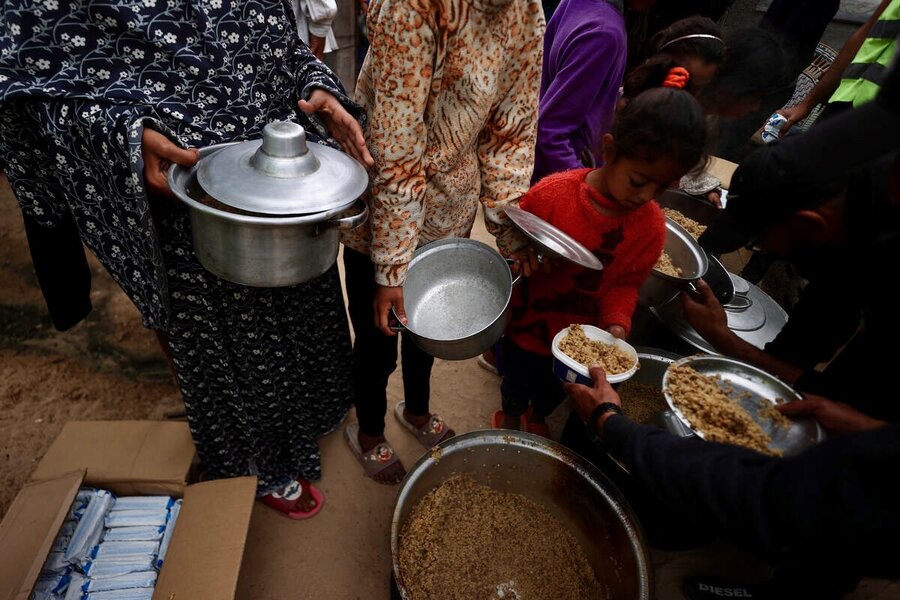
Where is there famine today?
As of June 2025, war-torn Sudan is the only country currently experiencing famine.
First confirmed in North Darfur’s Zamzam camp for displaced people in August, 2024, famine has since spread to 10 areas of the country, with another 17 at risk.
The Gaza Strip – where 470,000 people are projected to face catastrophic food insecurity, and 71,000 children urgently need treatment for acute malnutrition – is at high risk of famine in the coming months.
Pockets of South Sudan, Haiti and Mali are also in the danger zone. All of these places are deeply affected by violence and other shocks.
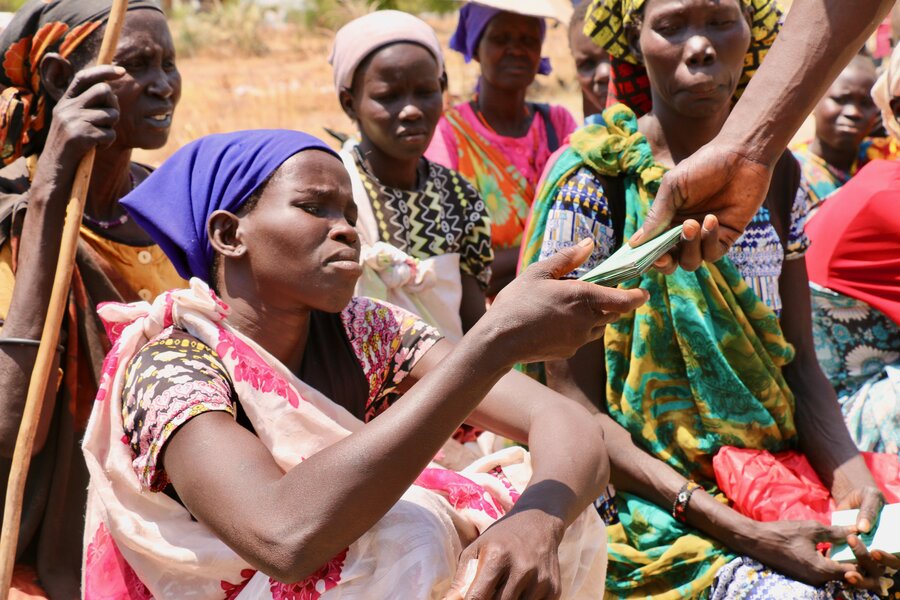
Famines throughout history
Famine isn’t new. Evidence of past famines stretches back to prehistoric times, leaving traces in every inhabited continent: from ancient Rome to, in more recent centuries, Ireland, Russia, China and Ethiopia, among other places.
Massive famines of the past have all but disappeared in the 21st century, but the deadly phenomenon persists.
Over the past 15 years, the IPC confirmed famine in three countries: Somalia (2011), South Sudan (2017) and Sudan (2024). In other cases, such as in South Sudan in 2020, famine was determined as ‘likely.’
Along with killing many people, famines can leave long-lasting political, physical and psychological scars. Past famines inform our efforts to anticipate and prevent future ones.
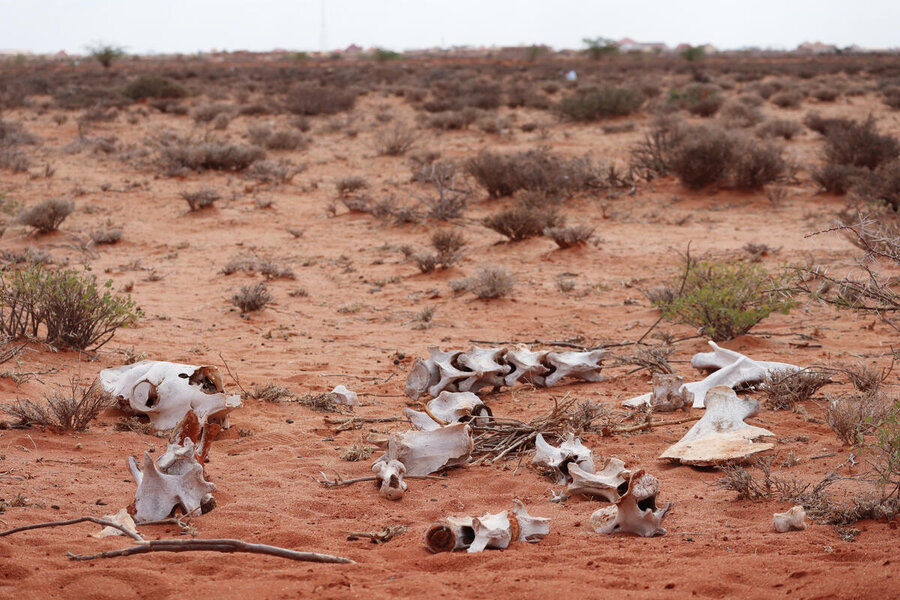
How does WFP fight famine?
Tackling hunger – and in its most extreme form, famine – is at the heart of WFP’s mandate.
In 2024 alone, we reached 124 million people with life-saving food assistance across scores of countries and territories worldwide. It’s a team effort, supported by our donors, humanitarian partners and local communities.
The key role of humanitarian assistance in preventing or reversing famine conditions was seen in Somalia in 2022, for example, where WFP and partners scaled up rapidly – helping to avoid mass starvation.
Now with conflict unleashing widespread hunger in Sudan, WFP is again scaling up to reach 7 million people monthly with food and nutrition assistance this year, prioritizing communities experiencing or at risk of famine.
It’s an approach we’ve replicated in other famine-risk parts of the world, where security, funding and other constraints allow.
We also work with communities to better anticipate and strengthen their longer-term resilience to shocks that can help trigger famine, through activities like providing early warning, restoring land, planting crops and learning new skills.
WFP additionally uses our global footprint and voice to promote peace in strife-affected areas and prevent the use of hunger as a weapon of war and conflict.
These efforts were recognized with the Nobel Peace Prize in 2020.
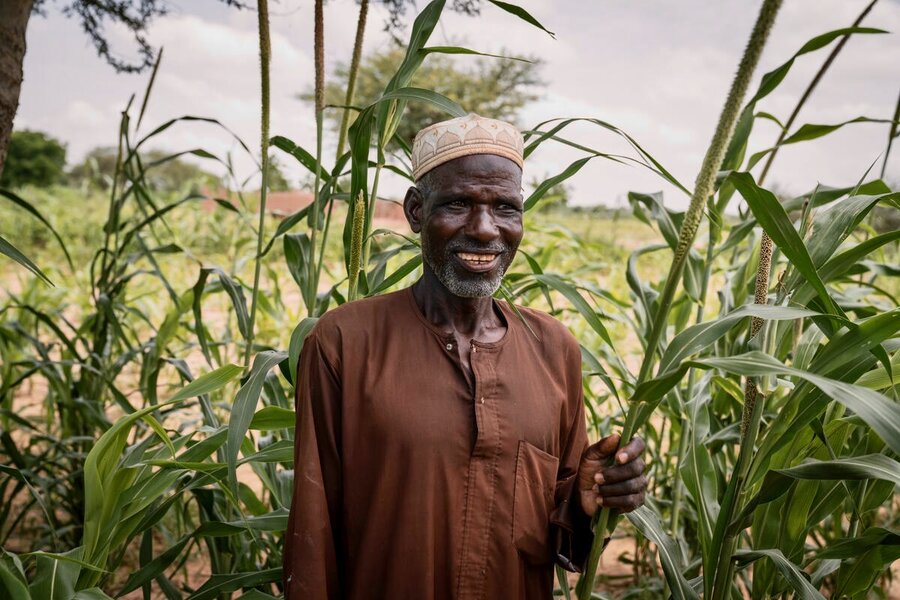
Can we end famine?
Governments and humanitarians can anticipate and prevent a hunger crisis from tipping into catastrophic hunger or even famine, but that demands resources, technological advances, collective action – and political will.
The United Nations Sustainable Development Goal 2 aims to create a hunger-free world by 2030.
We are now in 2025 – and the clock is ticking. In the 74 countries where WFP works and data is available, an estimated 343 million people are acutely hungry – with 1.9 million on the brink of famine.
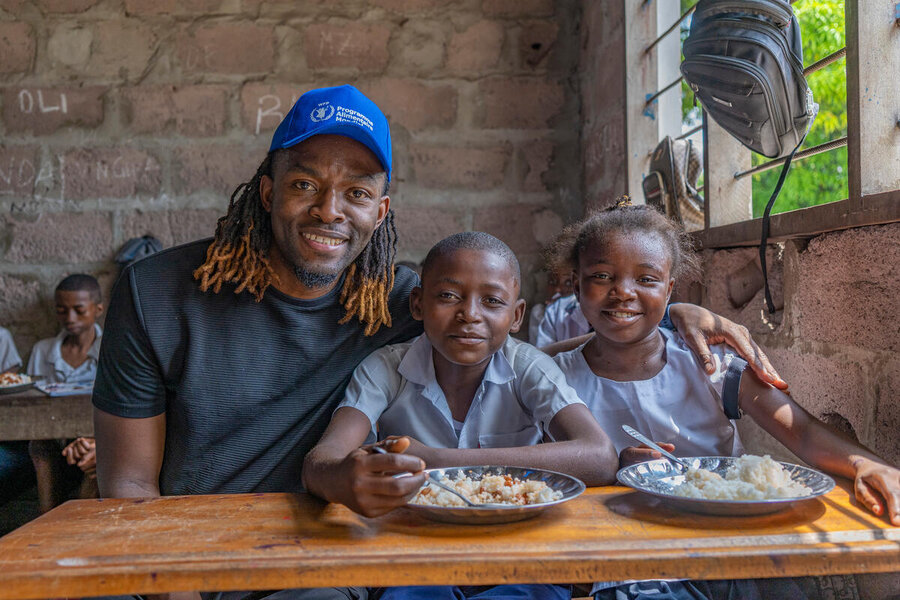
How can I make a difference?
Famine can be stopped. More importantly, it must be prevented from happening in the first place. Individuals can make a powerful difference in spreading awareness about, and preventing – or ending – famine.
We’ve seen many examples: from organizing concerts and other events that raise awareness and funds to tackle hunger, to grassroots action, such as the community kitchens in Sudan that deliver food to the hungriest people.
Everyone has a role to play. You’ve just taken the first step: by educating yourself about famine. The next is to educate your family, friends and community – through a variety of platforms, both civic and online. And you can volunteer or donate to WFP – and urge others to do the same.
Read more: What is food security and why it matters
Conflicts Food Security Sudan Somalia Mali Haiti Ethiopia South Sudan Palestine *SOURCE: World Food Programme. Go to ORIGINAL: https://www.wfp.org/stories/understanding-famine-what-it-how-you-can-act 2025 Human Wrongs Watch
Source: https://human-wrongs-watch.net/2025/06/15/what-is-famine-and-who-is-at-risk/
Anyone can join.
Anyone can contribute.
Anyone can become informed about their world.
"United We Stand" Click Here To Create Your Personal Citizen Journalist Account Today, Be Sure To Invite Your Friends.
Before It’s News® is a community of individuals who report on what’s going on around them, from all around the world. Anyone can join. Anyone can contribute. Anyone can become informed about their world. "United We Stand" Click Here To Create Your Personal Citizen Journalist Account Today, Be Sure To Invite Your Friends.
LION'S MANE PRODUCT
Try Our Lion’s Mane WHOLE MIND Nootropic Blend 60 Capsules
Mushrooms are having a moment. One fabulous fungus in particular, lion’s mane, may help improve memory, depression and anxiety symptoms. They are also an excellent source of nutrients that show promise as a therapy for dementia, and other neurodegenerative diseases. If you’re living with anxiety or depression, you may be curious about all the therapy options out there — including the natural ones.Our Lion’s Mane WHOLE MIND Nootropic Blend has been formulated to utilize the potency of Lion’s mane but also include the benefits of four other Highly Beneficial Mushrooms. Synergistically, they work together to Build your health through improving cognitive function and immunity regardless of your age. Our Nootropic not only improves your Cognitive Function and Activates your Immune System, but it benefits growth of Essential Gut Flora, further enhancing your Vitality.
Our Formula includes: Lion’s Mane Mushrooms which Increase Brain Power through nerve growth, lessen anxiety, reduce depression, and improve concentration. Its an excellent adaptogen, promotes sleep and improves immunity. Shiitake Mushrooms which Fight cancer cells and infectious disease, boost the immune system, promotes brain function, and serves as a source of B vitamins. Maitake Mushrooms which regulate blood sugar levels of diabetics, reduce hypertension and boosts the immune system. Reishi Mushrooms which Fight inflammation, liver disease, fatigue, tumor growth and cancer. They Improve skin disorders and soothes digestive problems, stomach ulcers and leaky gut syndrome. Chaga Mushrooms which have anti-aging effects, boost immune function, improve stamina and athletic performance, even act as a natural aphrodisiac, fighting diabetes and improving liver function. Try Our Lion’s Mane WHOLE MIND Nootropic Blend 60 Capsules Today. Be 100% Satisfied or Receive a Full Money Back Guarantee. Order Yours Today by Following This Link.






